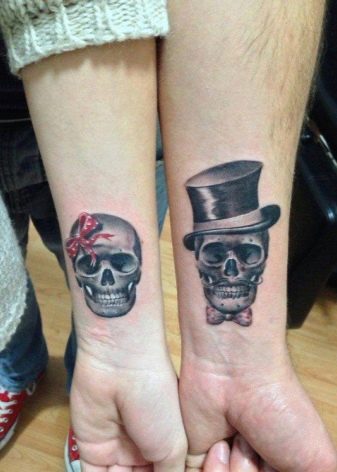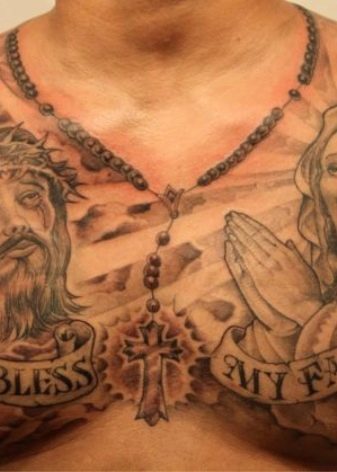Tattoos in mexican style
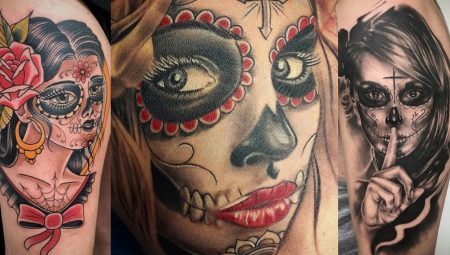
Mexican tattoos, today also called Chicano, were once exclusively a national element of the culture of the inhabitants of this South American country. Their meaning most often stemmed from ancient beliefs, which featured the goddess of death and other symbols. Today, tattoos depicting girls, as well as other sketches for men and women in the style of Mexico, are chosen by people, wishing to express their love for this culture.
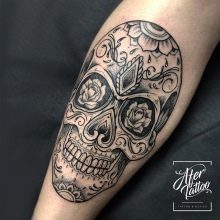
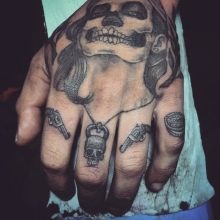
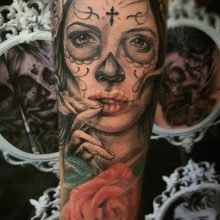
Features and meaning
Ethnic tattoo styles are considered to be among the most popular. Mexico, which today is home to a predominantly Hispanic population, is no exception. Its own tattoo style was formed here back in the period when these lands were occupied by representatives of several Mesoamerican cultures - the Aztecs, Mayans, Toltects and Olmecs. It was tribal traditions that became the basis for the creation of characteristic pictograms, and then patterns on the body.
Modern Mexican tattoos for the most part inherit the traditions of the Aztecs. A warlike tribe that conquered many peoples created its empire here many centuries ago. The Aztecs believed in the cult of death as well as eternal life.
That is why the image of a skull or skeleton has become the main symbol in tattoo culture. They are used both in creating drawings for men and in women's designs.
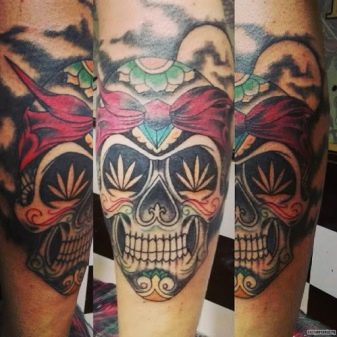

For a tattoo in the Aztec style, the following signs have always been characteristic:
- Simplicity of ornaments... The primitive tools did not allow for complex body art. In addition, Aztec tattoos were intended not to decorate, but to intimidate enemies or invoke the mercy of the gods.
- Deep meaning. The main directions of patterns in tattooing emphasized caste differences or tribal affiliation.Sometimes they were applied to ingratiate themselves with a particular deity, to acquire his patronage.
- Limiting the area of application... Most often, tattoos were used to decorate the upper body.
In the 40s of the XX century, the Mexican population was largely criminalized. It was during this period that the typical Aztec motives were replaced by a new trend.
The Chicano style formed in tattooing is still relevant today. Patterns in his traditions are chosen by those who want to emphasize their belonging to the criminal world.
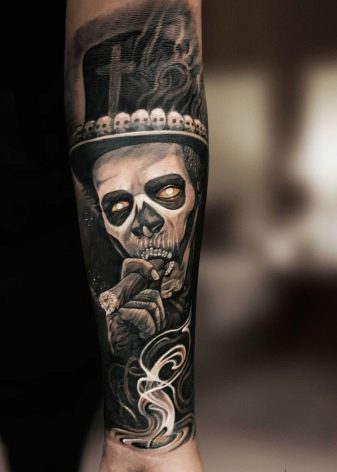
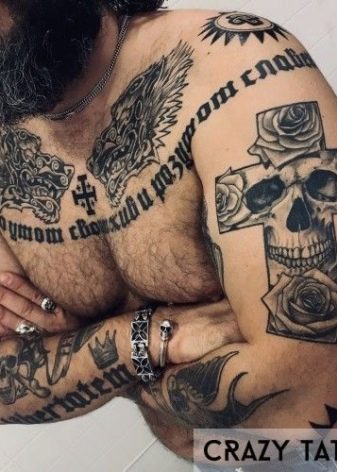
Sketch ideas
Modern Mexican tattoos have their own division in several directions. Sketches for men should be chosen with caution, since many of them are an element of the culture of bandits - members of criminal associations; when visiting Mexico and other Spanish-speaking countries, their owners may have problems. A girl can pay attention to floral ornaments, as well as abstract patterns.
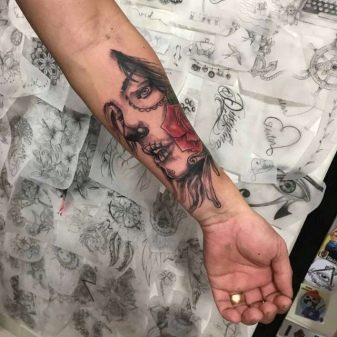
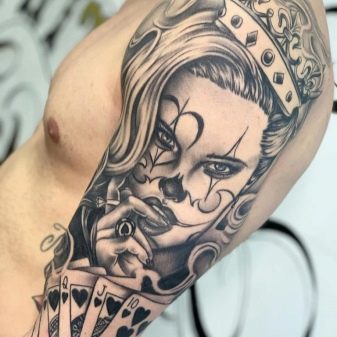
An overview of the basic ideas for Mexican-style tattoo sketches will help to understand everything.
- "The day of the Dead". The goddess of death (Dia de Muertos) is the official symbol of a kind of universal day of remembrance in Mexico. It is believed that on this day, departed relatives can visit their homes, treat themselves to a prepared meal.
Despite the sad occasion, the holiday turns out to be cheerful, and the tattoos dedicated to it are distinguished by bright colors.


- Skulls and skeletons... They are traditionally complemented by flowers, colorful hats and musical instruments. Mariachi are often depicted as skeletons - wandering artists.
The Sugar Skull is the official symbol of Dia de Muertos.

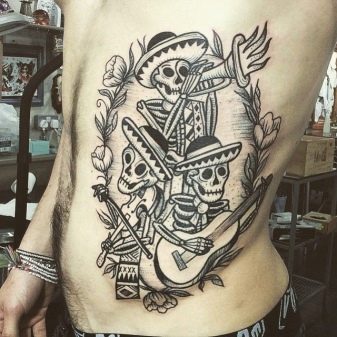
- Flag and eagle. Symbols of the modern Mexican state can often be found on the bodies of its inhabitants. Such manifestations of patriotism look pretty attractive. Usually, when creating them, they are limited to 3 colors - white, red, green, the outline remains black. The eagle on the official coat of arms sits on a cactus, holding a snake in its beak.

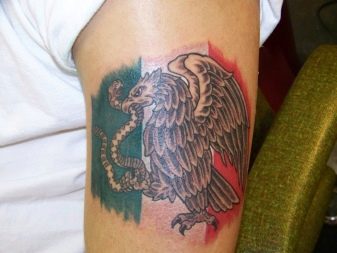
- Christian symbolism... The modern Hispanic population of Mexico is Catholic. On male bodies, you can often see images of plots on the themes of the Gospel. The most popular ones are in the form of the Virgin Mary, Jesus Christ.
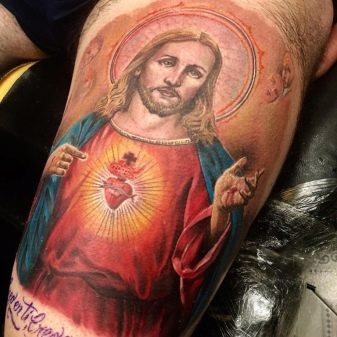
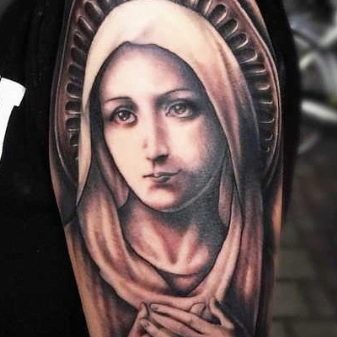
- Aztec symbols. Like other tribes, the first inhabitants of the Mexican territories abundantly covered their bodies with tattoos, and they were even applied to children. Today, such traditional ornaments include the profile picture of an Indian wearing a full headdress with feathers and bronze medallions. The sun or circle, the symbol of the god Huitzilopochtli, is also one of the most popular patterns.

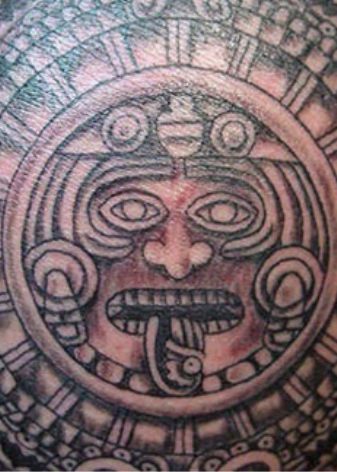
- moon... She is often depicted in combination with the image of the Virgin of Guadalupe. Her figure, standing on a crescent moon, is framed by a halo of light. The Mother of God is supported by an angel.
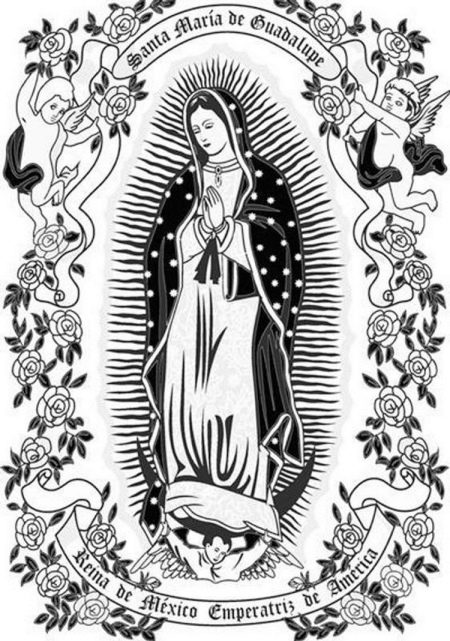
- Aztec cross. It differs from the Christian one by the presence of a circle in the center, where the ends of this figure converge.

- Chicano symbols... It includes any images with weapons, money, dice or cards. In addition, faces and figures of women, Catholic crosses are often used in this style.
It is interesting that such tattoos do not differ in color variety. Usually here you can see pictures in black, gray, brown with splashes of red.
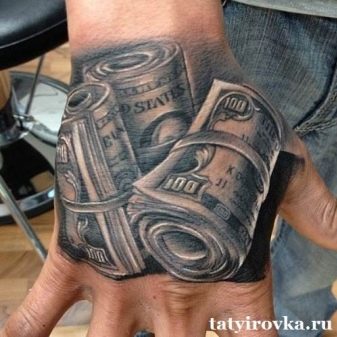

- the Rose... A scarlet or black monochrome flower in Mexican tattoos is a sign of youth, mystery. When applied to the hand, a rose represents life.
Representatives of dangerous professions wear it as a talisman. In people of mature age, a tattoo with a rose can symbolize overcoming difficulties.
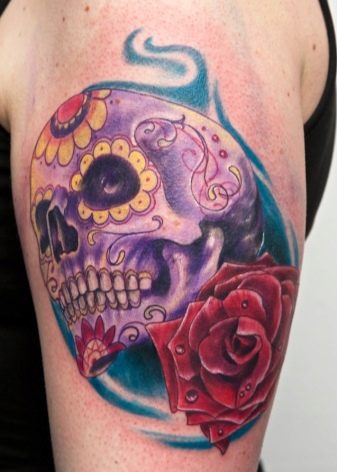
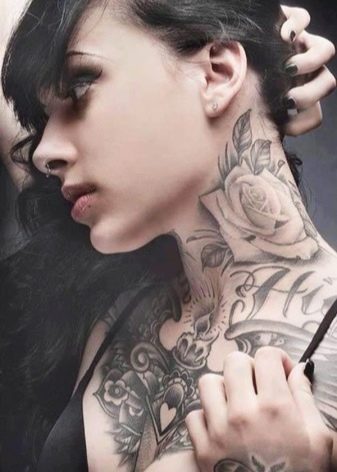
- Winged serpent Quetzalcoatl. This Aztec symbol is the sign of the supreme deity. It is chosen for themselves by farmers, representatives of creative professions, travelers. The symbol promises a good harvest, favorable weather, the flowering of talent.
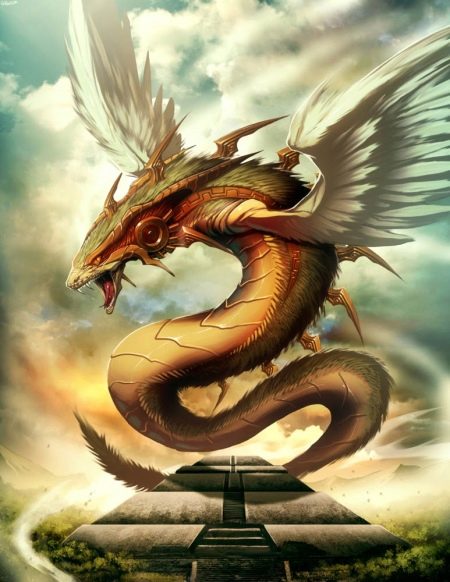
- Mayan calendar. This symbol is placed on the back or chest as it requires precise detailing. As a talisman, it is worn by people who do not want to forget about the transience of time.
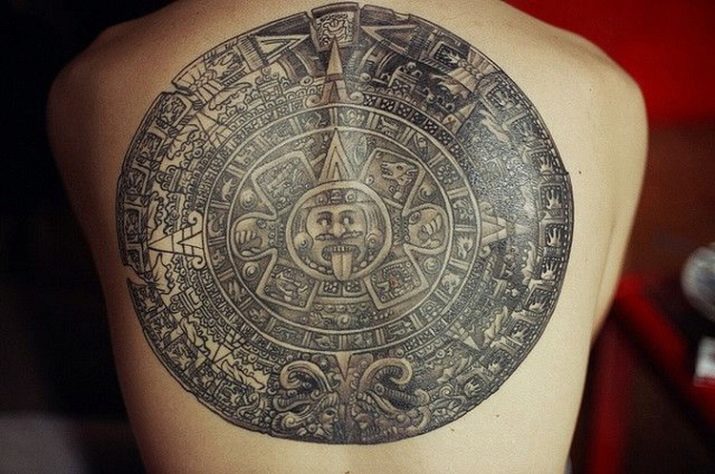
- Mayan masks. They served as an element for eliminating enemies, most often placed on the shoulders or chest. Today, such ornamental details in a tattoo are considered a talisman that protects against evil spirits.
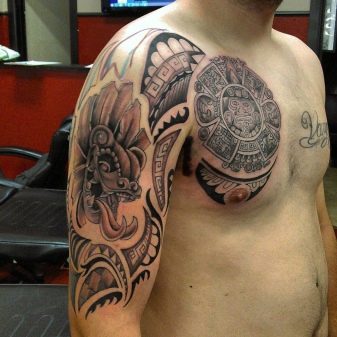

These are the basic sketching ideas that can be used to create a Mexican style tattoo.
In addition, you can use symbols of this country to create an exotic flavor, such as cacti, sombrero hats, tortillas or images of bottles with a local alcoholic drink.

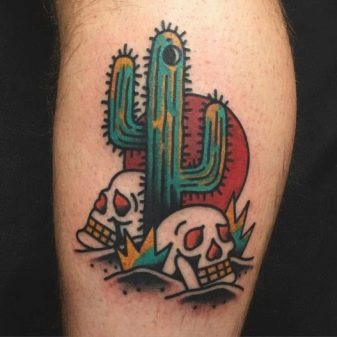
Where can you apply?
The location of Mexican tattoos can tell a lot about their owner. Most often, ornaments with a skull or the goddess of death have:
- on the arm, from forearm to wrist, making a "sleeve";
- in the form of a bracelet over the wrist or on the bicep, lower leg, ankle;
- on the back or chest, filling a significant area of the body;
- on the back of the lower leg.
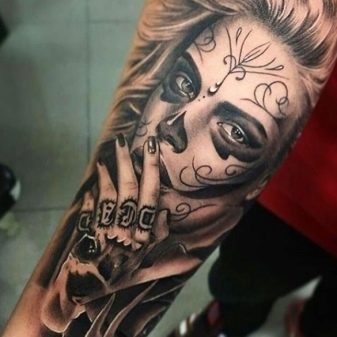

On the abdomen, above the groin area, inscriptions can be applied. A rose or sun is placed on the neck. It is also customary to place Christian symbols on the chest. Lovers make paired tattoos on their wrists, in the form of two skulls, symbolizing love to the grave.
In general, in the traditions of Mexico, it is not customary to limit itself to miniature patterns, therefore, the areas of application of ornaments are limited to well-visible, visible areas of the body.
